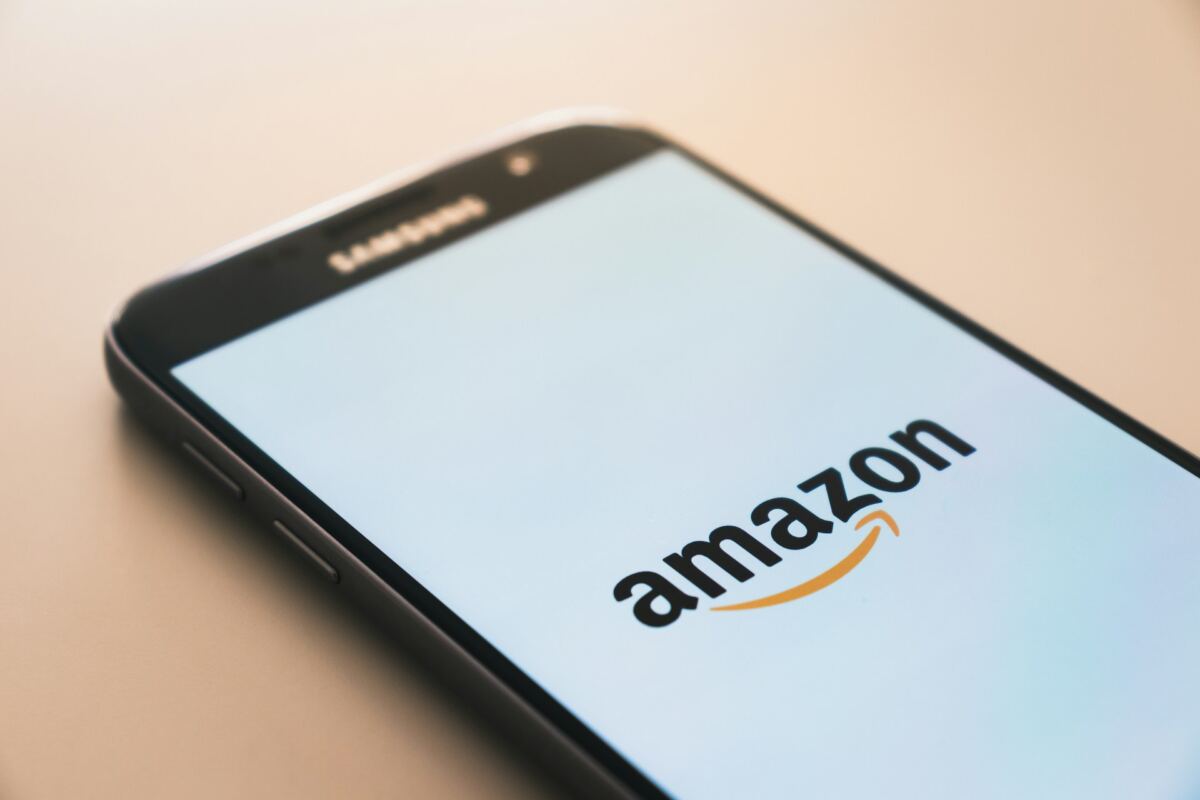Amazon Prime Day 2024 has come and gone, and while the overall growth in spending might seem underwhelming at first glance, the story behind the numbers is far more intriguing. Facteus, the leading provider of alternative data and insights in the consumer transaction industry, broke down what happened and why it matters.
This year’s Prime Day saw total spending rise by just 1.4% compared to 2023. At first, this might seem like a disappointment, especially for an event known for its explosive growth. But given the economic uncertainties and cautious consumer behavior, this modest increase tells a story of resilience.
The average ticket price for Prime Day purchases jumped by 6.4% year-over-year. If you found yourself spending more per item, you’re not alone. This isn’t necessarily because you bought more stuff, but rather because prices have gone up. Inflation has quietly influenced our buying habits, making us spend more without necessarily getting more.
Here’s where the data gets even more interesting. Every generation spent more during Prime Day 2024, except for Millennials. Spending by Millennials, a crucial demographic for Amazon, dipped by 1.3%. If you’re a Millennial, you might have felt the financial pinch more than others, making you think twice before hitting that “Buy Now” button. This slight dip might seem small, but it could be the tip of the iceberg, hinting at broader economic pressures on this age group.
In past years, Prime Day has had a “halo effect” for other retailers like Target, boosting their sales as well. This year, however, that didn’t happen. Maybe it’s because Amazon’s deals were too tempting, or perhaps Target didn’t bring its A-game. Either way, if you were looking to spread your shopping love, it seems Target wasn’t your go-to this time.
Walmart usually sees a dip in sales during Prime Day as shoppers flock to Amazon. This year, however, the decline was less severe. It seems Walmart has found a way to hold onto its customers better, even when Amazon is throwing its biggest sales event of the year. So, if you’re a loyal Walmart shopper, your habits might reflect a broader trend of resilience.
The detailed data also provides insights into how different regions spent their money and how many repeat customers showed up for Prime Day deals. These nuances can help retailers like Amazon fine-tune their strategies for future events.
What Does This All Mean?
- Cautious Spending: The 1.4% increase in total spending shows that people are being careful with their money amidst economic uncertainties.
- Inflation’s Impact: A 6.4% rise in average ticket prices means we’re all feeling the pinch of inflation, spending more without necessarily getting more.
- Generational Shifts: Millennials’ reduced spending highlights the unique economic pressures they face, possibly affecting their buying power.
- Retail Dynamics: The absence of a halo effect for Target and Walmart’s resilience indicates shifting loyalties and effective counter-strategies.
Prime Day 2024 tells a story of resilience, economic pressures, and changing consumer behaviors. While the growth may seem modest, the underlying factors reveal a more complex and compelling picture of the retail landscape. As consumers, understanding these trends can help us make more informed decisions and navigate the evolving marketplace with greater awareness.

